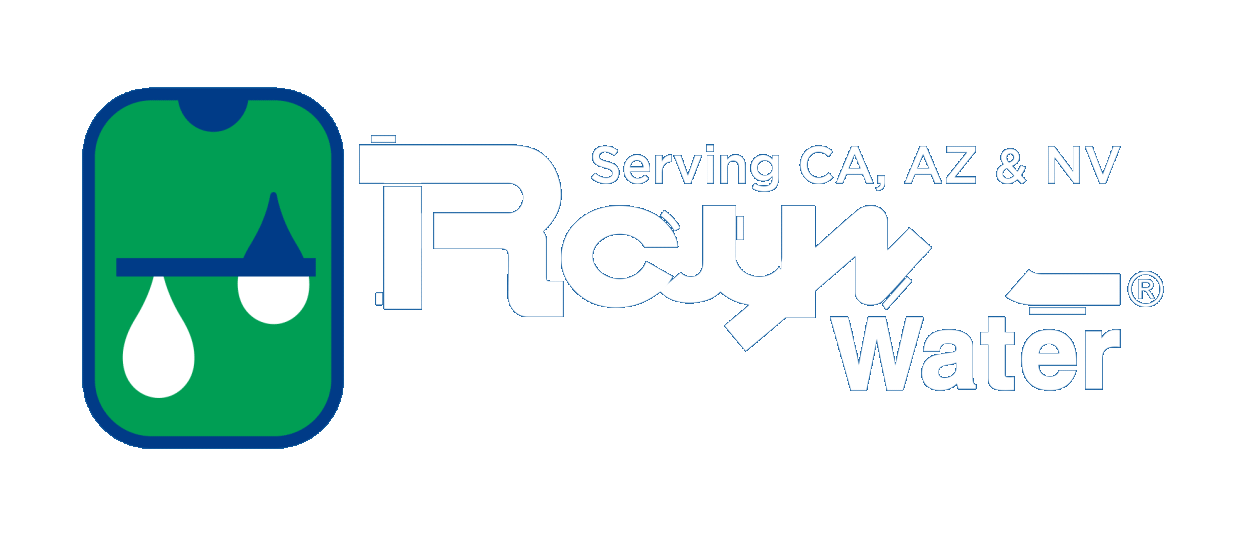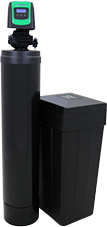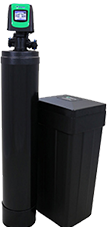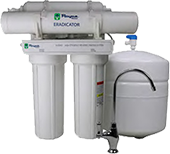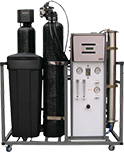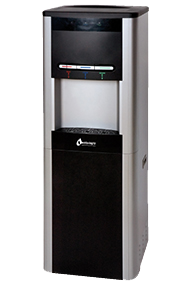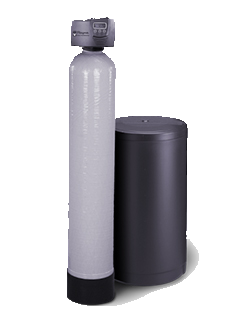In recent years it has become increasingly evident that expecting mothers must be extra cautious as to what they expose their unborn child to. Some doctors have noticed the correlation between everyday chemical exposure and conditions such as ADHD, autism, dyslexia and lower IQ points. As technology continues to advance, we find ourselves exposed to chemicals almost everywhere; the food we eat, water we drink, air we breathe, clothing we wear, vehicles we drive, our everyday environment is inundated with chemical exposure and it is adversely affecting our children.
Studies have shown that certain chemicals and water contaminants are considered toxic to the developing brain. Fortunately, some of them are banned in the US, however there are many that are not. For example; lead, arsenic, fluoride in high concentrations, insecticides such as chlorpyrifos, and polybrominated diphenyl ethers (PBDE) used as a flame retardant found in children’s pajamas, furniture and electronics. Doctors believe expose to these chemicals in utero can cause defects in the developing brain with effects ranging from a few lost IQ points to children suffering from severe autism.
Just because a mother might not feel the effects of low-dose exposure to these chemicals doesn’t mean that the developing baby won’t. The brain is such a complex organ and in a vulnerable state during development so even small doses of exposure can cause potentially devastating results. Considering the fact the scientists know very little about the effects of more than 99% of the chemicals currently on the market, it just makes sense to avoid them whenever possible, especially during pregnancy.
Some suggestions to take into consideration during pregnancy is to eat organic food whenever possible, stay away from paint thinners, strong cleaning agents and pesticides, get checked for lead exposure, and drink only filtered drinking water. It is amazing how many of these chemicals can be leaked into our water supply and not all water filters are capable of removing them to the level where they are safe to drink. If you are expecting, make sure you are taking extra precautions to what you are exposing your baby to. If you are looking for a water filtration system that will effectively remove these harmful chemicals from your drinking water, give us a call and we will get you started on the right track to a healthier you and a healthier baby.
